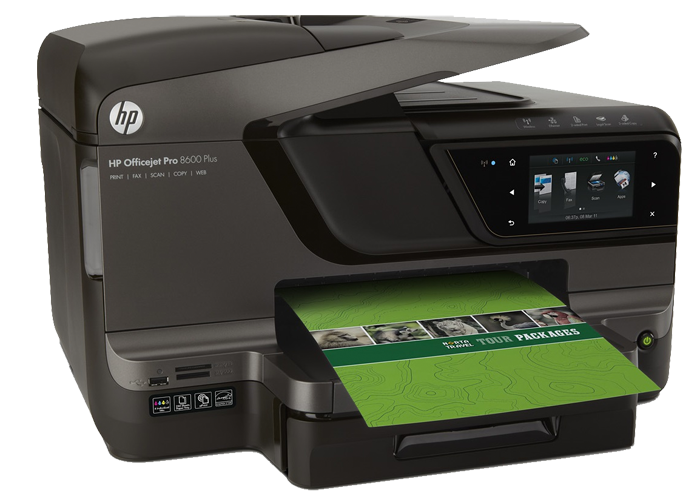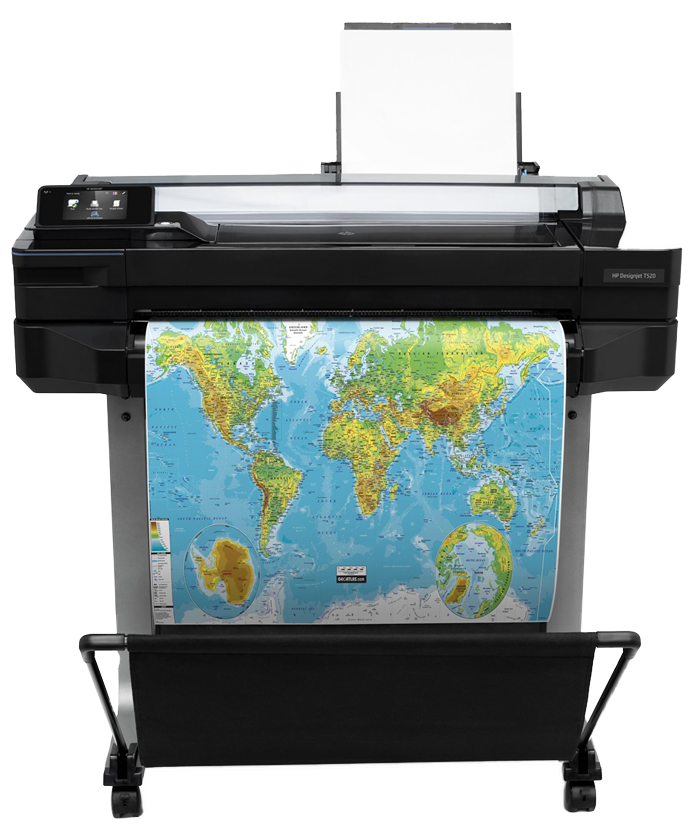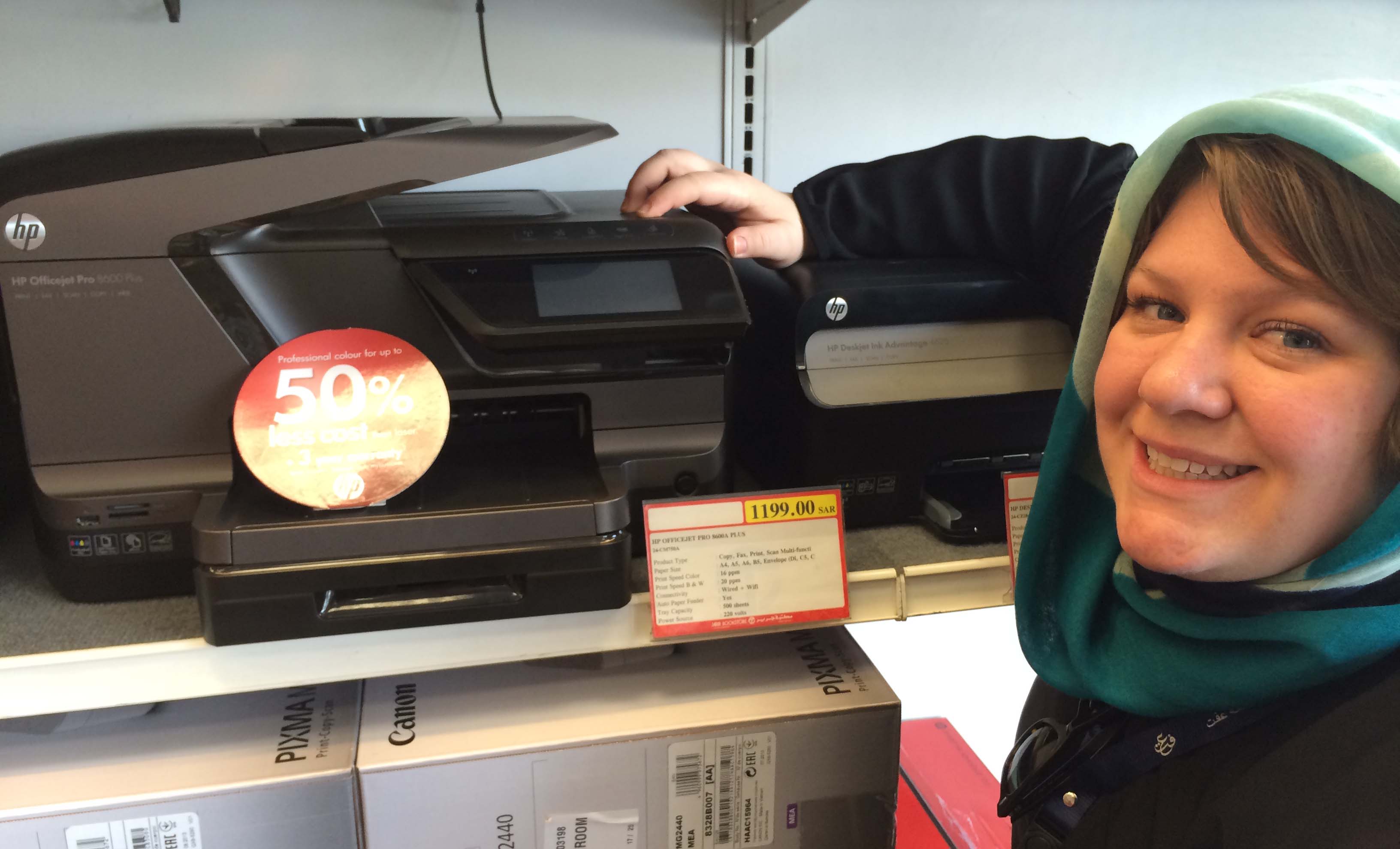Hewlett-Packard
Between undergrad and grad school, I worked at HP making your inkjet printers. I worked on the OfficeJetPro 8600 series and the DesignJet T520 series. I don't have development photos to share, but we can take some Torx screwdrivers to a Staples that sells the OJP 8600, or an architecture firm that owns a DJ t520. Then I can show you my work right before we get kicked out.
OfficeJet Pro 8600

I was on the Carriage team for this project (the part of the printer that holds the ink and goes back and forth as it prints). I was responsible for parts made of plastic, sheetmetal, and mylar. I brought them through testing and validation and made minor tool changes for ease of assembly. When working on this project, you could usually find me in the testing area. Many problems cause the carriage to stop moving, so our team saw many problems that we passed off to other teams. I created several workflows to make it easier for our team and technicians to determine whether the carriage caused the stall or if it belonged to someone else. But this phenomenon also introduced me to the other subsystems, since I had to know how they worked to identify the root cause of printer failures I was given.
DesignJet Pro t520

This printer is like a MAD Magazine foldout of the OJP 8600. The ends are similar, this printer has a very long (24" and 36") print bed in the middle. It was interesting to track back why certain design decisions had been made for the OJP 8600, and determine whether the same design would work for a longer printer.
Working on this printer gave me two notable experiences: going to China for a build, and submitting a invention disclosure (for a patent). I went to China for the second build of the project and experienced everything I could: last-minute design changes, cooked fish that still have eyes, troubleshooting that shuts down the production line. This experience taught me a lot about design for assembly, design for manufacturing, and how to be clear with drawings and design intent.
I redesigned several parts for the longer printer, including the encoder strip (provides carriage positioning). The tension necessary to keep the strip from drooping causes creep over time, which compromises print quality beyond acceptable margins. Enlarging the strip was not an option because of leveraged parts that could not be changed. My team and I made a new mechanism that the encoder strip locked to, that prevented this creep from happening. We also save about $6/unit since we could use a mylar strip instead of switching to a metal one. This was my first experience designing my own test beds and tests. For my work, I submitted my designs and testing data for invention disclosure. The patent was filed in March 2014. I promptly printed it out and put it on my fridge.

Few things are as satisfying as seeing my work in the wild. I ran into an OJP 8600 in Jeddah, Saudi Arabia and snapped this photo. I have yet to see the DJ t520 in the wild but I keep an eye out.